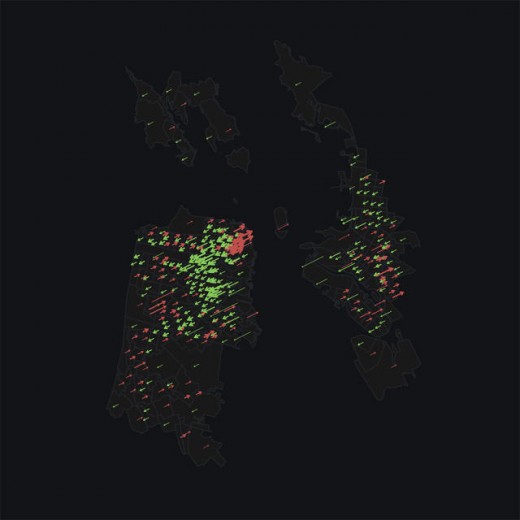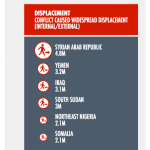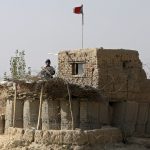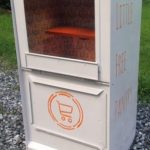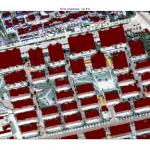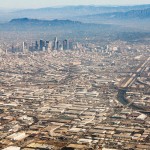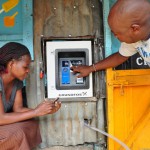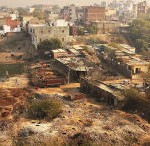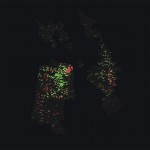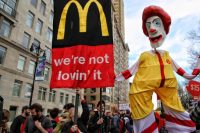Mapping The increasing State Of Poverty In main U.S. Cities
each and every city has its personal poverty fingerprint—and the fingerprint is beautiful damning.
August 12, 2015
The neighborhood where you are living affects how a success you are more likely to be in life. should you reside in a wealthy area, you’re more likely to get in advance; in the event you live in a terrible situation, you’re extra likely to fall behind. there may be a number of evidence to indicate places are self-reinforcing to an individual’s existence possibilities.
despite what we hear about the gentrification of U.S. cities, many poor areas are in truth much like what they have been many years ago. according to an diagnosis from Joe Cortright on the metropolis Observatory, out of 1,one hundred urban census tracts with “high poverty” in 1970, there have been 750 that still had a poverty rate double the national moderate in 2010. much more demanding, the incidence of poverty is rising. In 2010, there have been three times as many areas with poverty over 30% (his definition for “excessive poverty”) as there have been forty years past.

The maps here represent these adjustments visually. Put collectively by using Justin Palmer, who works at GitHub, they convey adjustments in targeted poverty across 51 cities. Longer arrows characterize larger poverty adjustments, while thicker arrows express bigger populations. pink arrows point out increase poverty; inexperienced arrows indicate much less.
“I considered ways to take these hundreds of census tracts across a couple of metro areas and visually condense it to a metropolis ‘fingerprint,'” Palmer says in an electronic mail. “I liked this visualization finished by way of the big apple occasions all over the 2012 election that showed shifts in the citizens and wished to look what it could look like to use it to shifts in poverty. After quite a lot of trial and mistake, i ended up with what you see lately.”
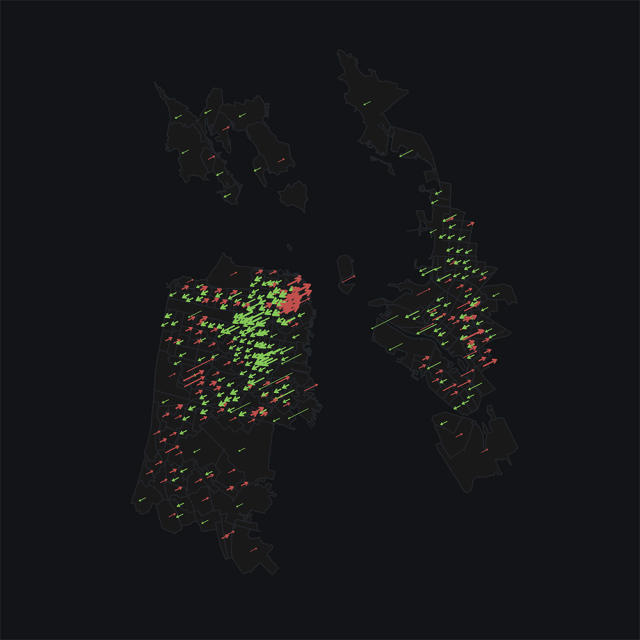
the town Observatory analysis, which considers tracts within 10 miles of principal trade districts, finds that three-quarters of terrible individuals in targeted poverty areas had been African-American or Latino in 2010. The nationwide poverty rate itself fluctuated between thirteen.7% in 1970 to fifteen% in 2011. This yr, the poverty line is $11,770 for single folks beneath the age of 65, or $24,250 for households of four. So people who make $12,000 a yr aren’t technically thought to be bad, and aren’t even integrated in these maps: they must appear even worse.
“It has develop into common to look at that a person’s existence possibilities will also be statistically defined by way of their ZIP code,” the record says. “consequently, the composition of neighborhoods matters both for nearby residents in addition to for public coverage. Nowhere are the stakes better, or the results extra clear, than within the nation’s excessive-poverty neighborhoods.”
[cover photograph: Jon Bilous via Shutterstock]
fast company , learn Full Story
(75)

